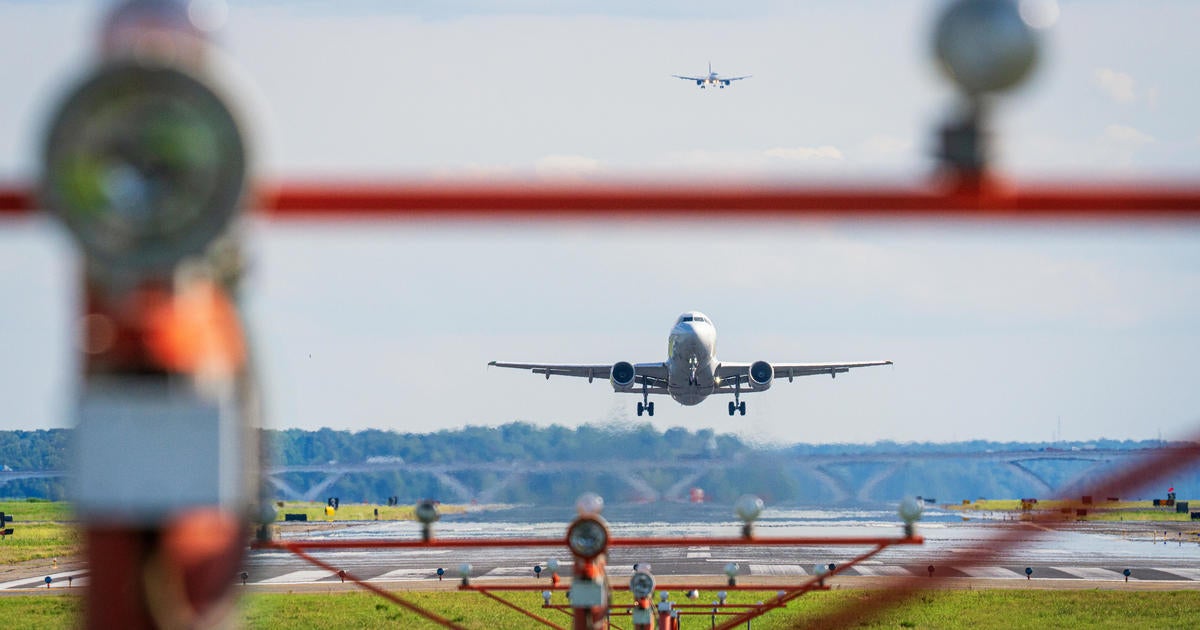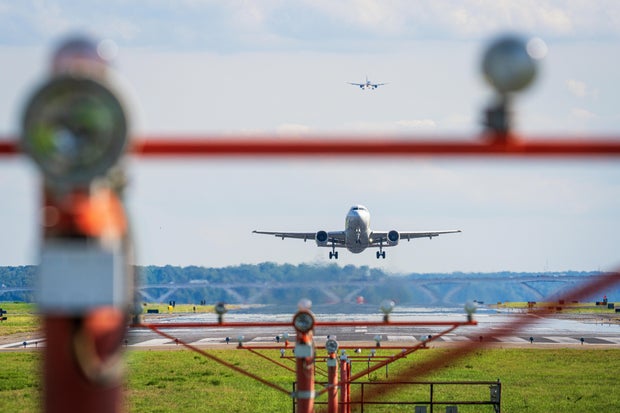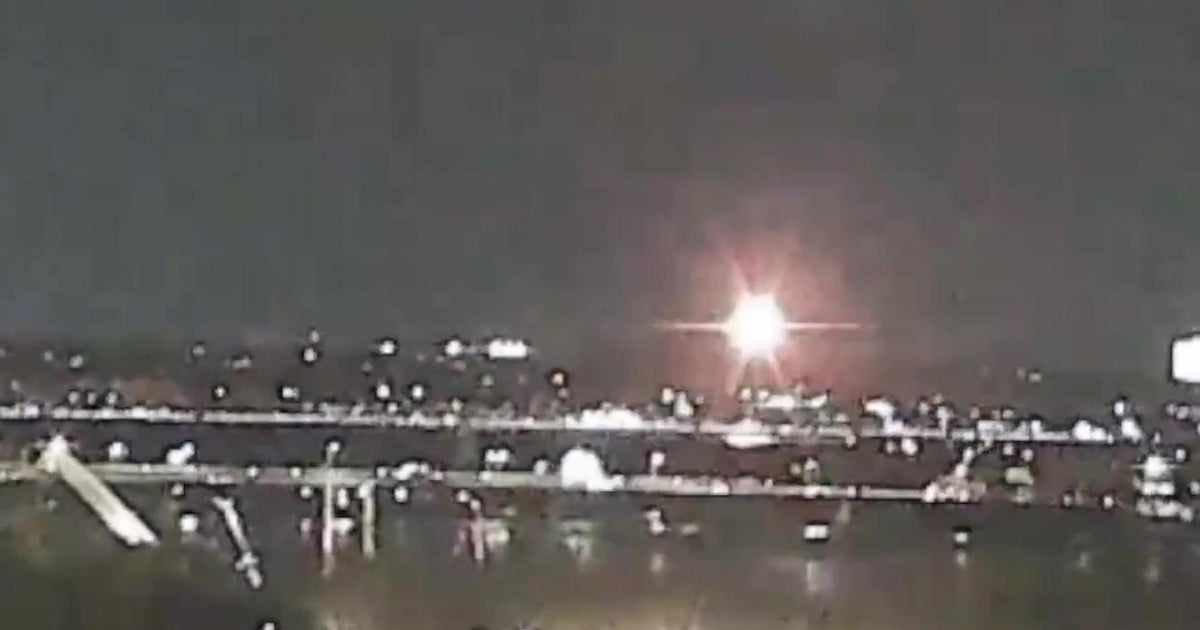Top officials at the Federal Aviation Administration, including then-Administrator Michael Whitaker, pushed last summer to close one of three runways at Washington’s Reagan National Airport following two close calls between airliners still on the ground, multiple sources told CBS News.
Whitaker, who resigned as FAA administrator ahead of the transition to the Trump administration, and others at the FAA wanted to close Runway 4 to traffic following an incident in April and another about six weeks later in late May.
On April 18, there was a close call between Southwest Flight 2937 to Orlando and JetBlue Flight 1554 to Boston. The Southwest Boeing 737 was told to cross Runway 4 at the same time as the JetBlue Embraer 190 was cleared to take off from the same runway. Air traffic controllers ordered both planes to stop, but they came within approximately 300 feet of colliding.
On May 29, there was another concerning incident at the airport. American Airlines Flight 2134, an Airbus A319 cleared to take off for Boston, was forced to hit the brakes because a private King Air aircraft was cleared to land on an intersecting runway.
Air traffic controllers caught the issue, telling the American flight to stop its takeoff roll — the plane was going about 92 mph at this point — and ordering the King Air to go around, but it had already landed. The American flight had 128 passengers and five crew members on board.
The move to close the runway received notable pushback and included an argument that closing it would cause additional burdens on Runway 33 — the runway American Flight 5342 was supposed to land on last Wednesday, when it and an Army Black Hawk helicopter collided in midair, killing 67 people.
According to an impact statement reviewed by CBS News, “Runway 04 has the added benefit of not needing to cross any runways to reach. If Runway 04 is removed, Runway 33 usage will increase. In order to get to Runway 33, Ground must cross both Runway 01 and Runway 04 while traffic is holding in position waiting to depart and traffic is approaching a 2 mile final to Runway 01.”
The FAA told CBS News in a statement: “Following the May 29, 2024, close call incident at Ronald Reagan Washington National Airport (DCA), the FAA took action on May 31, 2024, by temporarily pausing flights on runway 4 at DCA, which is a limited-use runway used by small regional carriers, while we examined the complexity of multiple intersecting runways.”
Reagan National has three runways currently in use, according to the Metropolitan Washington Airports Authority, which operates the airport. Runway 1/19, the primary runway, is 7,169 feet long. Runway 15/33 is 5,204 feet long while Runway 4/22 is 5,000 feet long.
Because of its short length, Runway 4 is used infrequently and requires additional coordination with air traffic control. It is restricted to smaller aircraft landings — primarily regional jets like the Bombardier CRJ700 and CRJ900 and the Embraer 170 or E-190 airliners. Only about one-fifth of the airport’s 407 daily departures are estimated to be eligible to use Runway 4. Instead, it’s more commonly used as a taxiway to get around the congested airfield.
J. David Ake/Getty Images
The focus on congestion at Reagan National has been ongoing in recent months after the airport authority and several area lawmakers, including Virginia Sen. Tim Kaine, came out against an effort to add additional flights to the capacity-restricted airport last year. The FAA pushed back against a report calling for additional flights to be added at Reagan citing existing airport congestion issues.
Ultimately Congress opted to move ahead with adding five additional long distance flights.
“The slabs are federally controlled, federally mandated, and we have to follow federal regulations,” Terry Liercke, a vice president for the airport authority and airport manager for Reagan National, told reporters Friday.
Officials with the airport authority declined to directly address congestion concerns following last week’s collision.
“The United States airspace is the safest in the world. Safety is our, one of our top priorities, and we continue to ensure that the airport is safe for operations,” Liercke said in response to a reporter’s questions Friday. “… We work with the FAA. We are regulated by the FAA. We comply with all FAA safety regulations.”
Reagan is one of three capacity-controlled airports in the United States. It’s sometimes referred to as slot-controlled, where each slot is a takeoff or a landing. A new route typically requires a slot pair. Since 2000, Congress has added 64 such slot pairs at Reagan, which would support an additional 32 flight routes every day.




